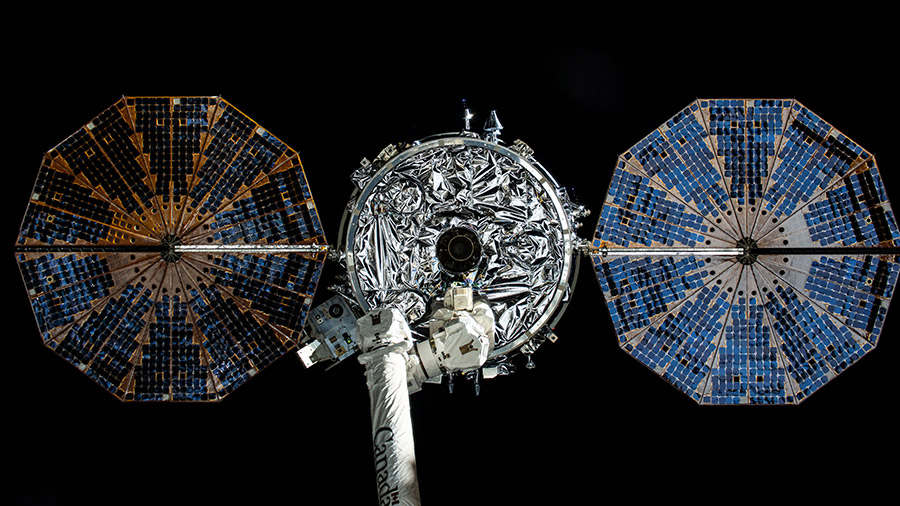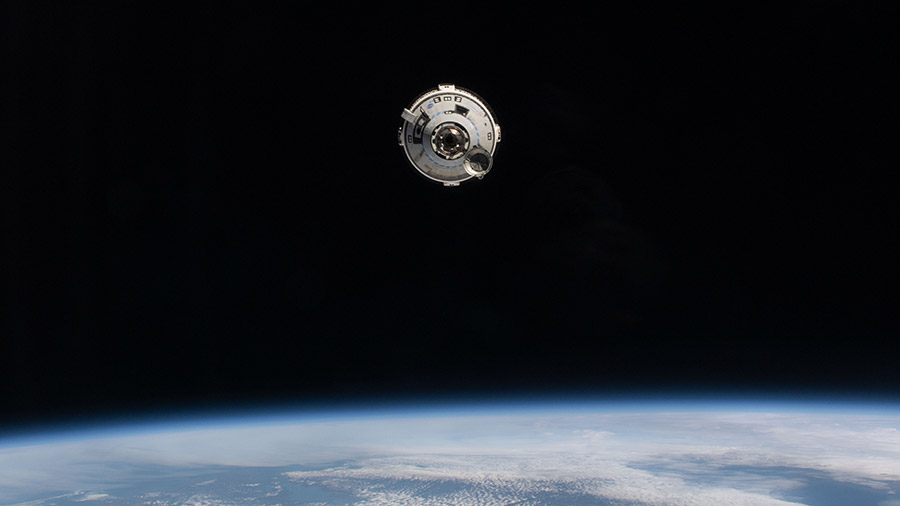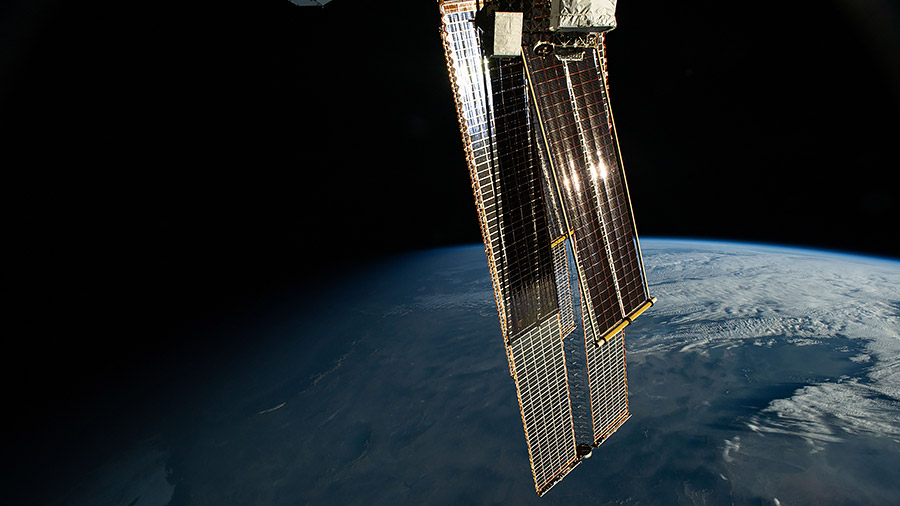
Human research and U.S. spacecraft operations were the primary activities aboard the International Space Station on Tuesday. The crew is exploring how the human body adapts to microgravity while also preparing Boeing’s Starliner spacecraft for its departure at the end of the week.
Expedition 71 Flight Engineer Matthew Dominick kicked off his day setting up wearable biomedical hardware then working out to understand how living in space affects the human heart and breathing. He first put on a vest and headband packed with sensors measuring his heart and breathing rate, blood pressure, and other health parameters. Next, he pedaled on the Destiny laboratory module’s exercise cycle while his cardio-respiratory data was recorded to a computer. Scientists will study the results to understand how weightlessness affects a crew member’s blood pressure and breathing and learn how to keep astronauts healthy on missions to the Moon, Mars, and beyond.
Dominick joined fellow NASA astronauts Mike Barratt and Tracy C. Dyson for eye exams as personnel on the ground monitored the checks in real time. Dyson took charge as the crew medical officer operating a medical imaging device in the Harmony module viewing her crewmates’ optic nerve, retina, and cornea. Some astronauts have reported vision issues and doctors have noted changes in eye structure that they seek to understand and counter to ensure successful long-term space expeditions.
Space physics and life support research were also on the science schedule to help NASA and its international partners design next generation spacecraft and space habitats for lunar and planetary human missions. NASA Flight Engineer Jeanette Epps opened up the Combustion Integrated Rack inside Destiny and replaced and cleaned research components for a series of fire safety investigations. The experiments explore how flames spread, how materials burn, and ways to extinguish fires in microgravity to improve safety in space. Dyson swapped out test life support gear inside the Packed Bed Reactor Experiment taking place inside Destiny’s Microgravity Science Glovebox. The investigation is exploring advanced water recovery systems for crew missions in a variety of gravity scenarios.
Dominick and Barratt also reviewed operations procedures inside the SpaceX Dragon Endeavour spacecraft ahead of the Crew-8 departure later this month. The duo then invited NASA astronauts Butch Wilmore and Suni Williams inside Dragon bringing the pair up-to-speed with the spacecraft’s systems and crew configuration. Wilmore and Williams will return to Earth aboard another Dragon when Crew-9 ends its mission in February.
Wilmore and Williams, both veteran NASA astronauts, prepared Starliner for its weekend departure. The Starliner commander and pilot reconfigured the spacecraft’s seats for an uncrewed landing and packed cargo inside the vehicle this week for retrieval on Earth. They also returned standard visiting vehicle emergency hardware stowed inside Starliner back to the station for future mission operations.
Starliner is due to end its stay at the orbital outpost at 6:04 p.m. EDT on Friday and undock from Harmony’s forward port. The uncrewed spacecraft from Boeing will return to Earth and land in New Mexico about six hours later. Undocking coverage begins at 5:45 p.m. Friday on NASA+, the NASA app, YouTube, and the agency’s website.
In the Roscosmos segment of the orbital outpost, station Commander Oleg Kononenko checked power generation and life support systems then set up Earth observation hardware to image the atmosphere in infrared and visible spectral ranges. Flight Engineers Nikolai Chub and Alexander Grebenkin joined each other and tested an anti-gravity suit for its ability to counter the effects of weightless on the human body and help crews adjust quicker to the return to Earth’s gravity.
Learn more about station activities by following the space station blog, @space_station and @ISS_Research on X, as well as the ISS Facebook and ISS Instagram accounts.
Get weekly video highlights at: https://roundupreads.jsc.nasa.gov/videoupdate/
Get the latest from NASA delivered every week. Subscribe here: www.nasa.gov/subscribe








